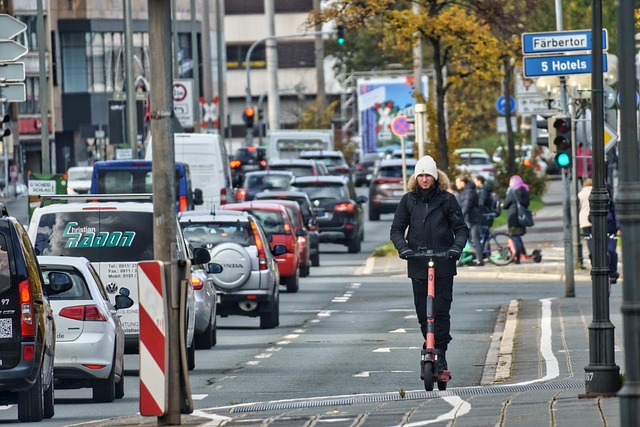In an era where the discourse around social sustainability is gaining momentum, the vital role of transport in shaping rural development cannot be overstated. As communities in rural areas strive for economic growth, equity, and environmental health, the transportation network serves as a lifeline that can either propel or hinder their progress.
Transport sustainability refers to the ability of transportation systems to meet the needs of current and future generations without negatively impacting the environment or the community. This concept is especially crucial in rural settings where access to transportation can significantly affect quality of life, economic opportunities, and social interactions.
For many rural inhabitants, the absence of reliable transport means isolation from essential services such as healthcare, education, and employment. Every day, individuals face the challenge of accessing these resources, which stifles their potential and diminishes the vibrancy of their communities. By ensuring that transport systems are efficient, affordable, and environmentally friendly, we can enhance mobility and contribute to social sustainability.
Moreover, embracing sustainable transport solutions like public transit, cycling, and walking paths can foster a more inclusive society. Implementing such initiatives not only reduces carbon emissions but also encourages community interactions and social cohesion. When people can safely travel within their localities, they are more likely to engage with one another, share resources, and support local businesses, thus reinforcing the very fabric of rural life.
In the context of rural development, investments in transport infrastructure can lead to the diversification of economies. Improved connectivity enables farmers to access broader markets, which can subsequently drive income growth and improve food security. Additionally, businesses can thrive when they have reliable means of transporting goods and personnel, ultimately leading to job creation and community resilience.
While the challenges of transitioning to a sustainable transport model in rural settings may seem daunting, collaborative efforts among government, local organizations, and community members can pave the way for innovative solutions. Initiatives like car-sharing programs, community buses, and green transport projects can serve as catalysts for change, highlighting the importance of collective action in achieving social sustainability.
Ultimately, the goal should be to create transport systems that not only meet mobility needs but also nurture community well-being and environmental stewardship. By integrating sustainable practices into the transport sector, we can significantly enhance the quality of life in rural areas, ensuring that social sustainability is not just a concept, but a reality for all.



